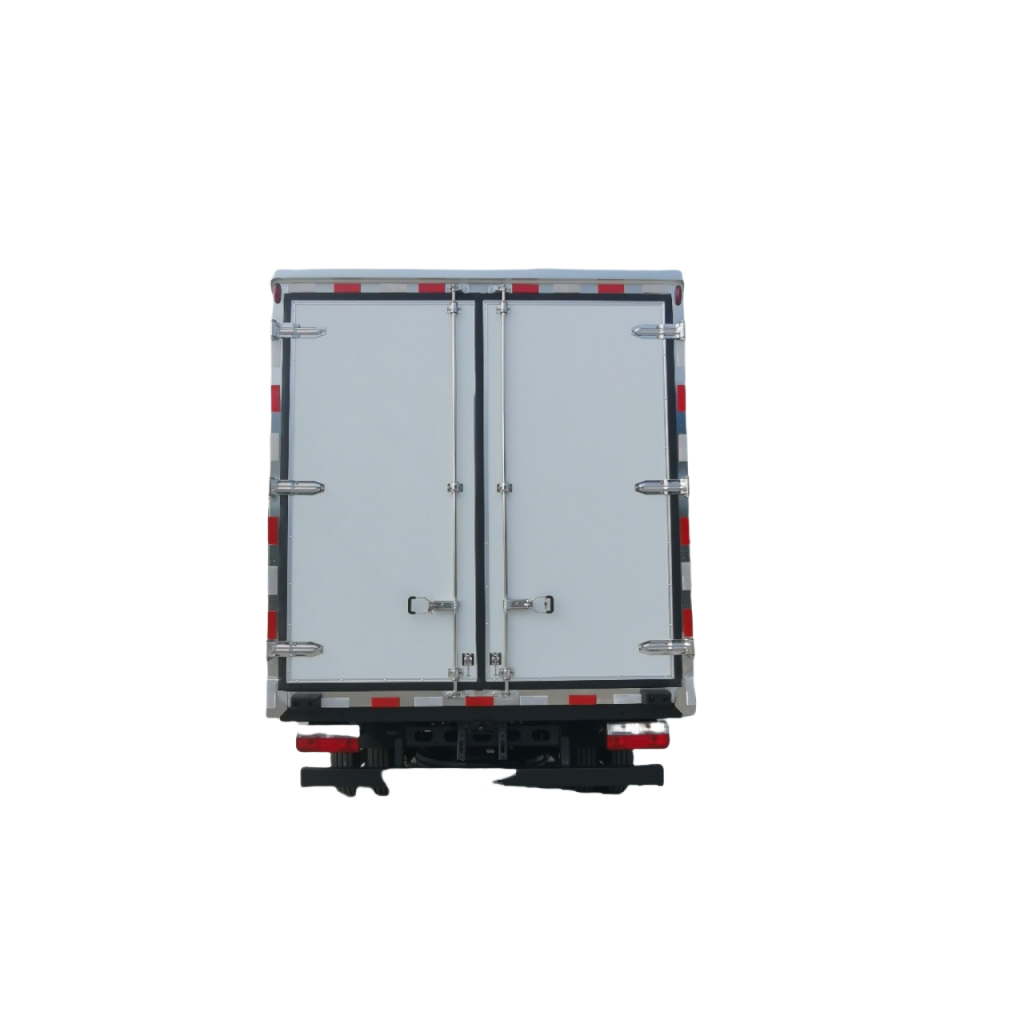Introduction
Crane trucks are an essential piece of equipment in the construction and transportation industries, enabling the lifting and movement of heavy materials and equipment. The stability and safety of crane trucks are crucial factors in ensuring efficient operations and preventing accidents. One key component that plays a significant role in the stability of crane trucks is the counterweight system. In this comprehensive guide, we will delve into the world of crane truck counterweights, exploring their importance, types, functions, and best practices for optimal use.
Importance of Counterweights in Crane Trucks

Counterweights are essential components of crane trucks that help balance the weight of the load being lifted. When a crane truck lifts a heavy load, the weight of the load creates a moment that can cause the crane truck to tip over if not properly counteracted. Counterweights are strategically positioned on the crane truck to offset the weight of the load and maintain the crane's stability during lifting operations. By adjusting the counterweights, operators can ensure that the crane truck remains upright and safe to use.
Types of Counterweights
Counterweights for crane trucks come in various shapes, sizes, and materials, each designed to suit different crane models and lifting capacities. The most common types of counterweights used in crane trucks include:
1. Fixed Counterweights: Fixed counterweights are permanent weights attached to the crane truck's structure and cannot be adjusted or removed. These counterweights are typically designed to provide a stable base weight for the crane truck, allowing it to lift loads within a specific capacity range.
2. Removable Counterweights: Removable counterweights are weights that can be added or removed from the crane truck to adjust the counterbalance based on the weight of the load being lifted. These counterweights offer flexibility and allow operators to customize the crane's stability according to the specific lifting requirements.
3. Modular Counterweights: Modular counterweights consist of individual weight modules that can be added or removed in segments to achieve the desired counterbalance. This type of counterweight system allows for precise adjustments and is commonly used in cranes with variable lifting capacities.
4. Hydraulic Counterweights: Hydraulic counterweights use hydraulic cylinders to adjust the weight distribution of the crane truck dynamically. By changing the hydraulic pressure in the cylinders, operators can fine-tune the counterbalance in real-time, making hydraulic counterweights ideal for lifting operations with varying load weights.
Functions of Counterweights
Counterweights serve several important functions in crane trucks, all of which contribute to the safe and efficient operation of the equipment. Some key functions of counterweights include:
1. Stability: The primary function of counterweights is to provide stability to the crane truck during lifting operations. By offsetting the weight of the load, counterweights help prevent the crane from tipping over and ensure safe lifting practices.
2. Control: Counterweights play a crucial role in controlling the movement of the crane truck and maintaining its balance while lifting and lowering loads. Properly positioned counterweights help minimize swaying and swinging of the crane boom, improving precision and control.
3. Capacity: Counterweights determine the maximum lifting capacity of the crane truck by influencing its load chart. By adjusting the counterweights, operators can increase or decrease the crane's lifting capacity within safe limits.
4. Safety: Perhaps the most critical function of counterweights is to enhance the safety of crane truck operations. Properly configured counterweights reduce the risk of accidents, such as tip-overs and overloading, ensuring a safe working environment for operators and bystanders.
Best Practices for Using Crane Truck Counterweights
To ensure the effective and safe use of crane truck counterweights, operators should follow best practices that promote optimal performance and minimize risks. Some essential best practices for using crane truck counterweights include:
1. Consult Load Charts: Before operating a crane truck, operators should refer to the manufacturer's load charts to determine the appropriate counterweight configuration for the intended lifting operation. Load charts provide valuable information on the crane's capacity limits and the recommended counterweight settings for various load scenarios.
2. Inspect Counterweights: Regular inspection of counterweights is crucial to identify any signs of damage, wear, or misalignment that could compromise their effectiveness. water tank truck For Sale should visually inspect the counterweights before each use and report any issues to maintenance personnel for corrective action.
3. Secure Counterweights: Counterweights must be securely fastened to the crane truck to prevent them from shifting or coming loose during lifting operations. Proper attachment mechanisms, such as bolts, pins, or locking devices, should be used to ensure the counterweights remain in place at all times.
4. Distribute Weight Evenly: When configuring the counterweights, operators should distribute the weight evenly across the crane truck's structure to maintain balance and stability. Uneven weight distribution can lead to tilting or leaning of the crane, increasing the risk of accidents.
5. Adjust Counterweights Carefully: When adding or removing counterweights, operators should make adjustments gradually and in accordance with the manufacturer's guidelines. Sudden changes in counterbalance can destabilize the crane truck and compromise safety.
6. Monitor Load Weight: Operators should continuously monitor the weight of the load being lifted and adjust the counterweights accordingly to maintain stability. Overloading the crane truck beyond its capacity can have disastrous consequences, highlighting the importance of proper weight management.
Conclusion
Crane truck counterweights are indispensable components that play a vital role in ensuring the stability, control, and safety of lifting operations. By understanding the importance of counterweights, familiarizing themselves with the different types available, and following best practices for their use, crane truck operators can optimize the performance of their equipment and minimize the risk of accidents. As technology and design innovations continue to evolve in the crane industry, the role of counterweights remains fundamental in enhancing the efficiency and safety of crane truck operations.
